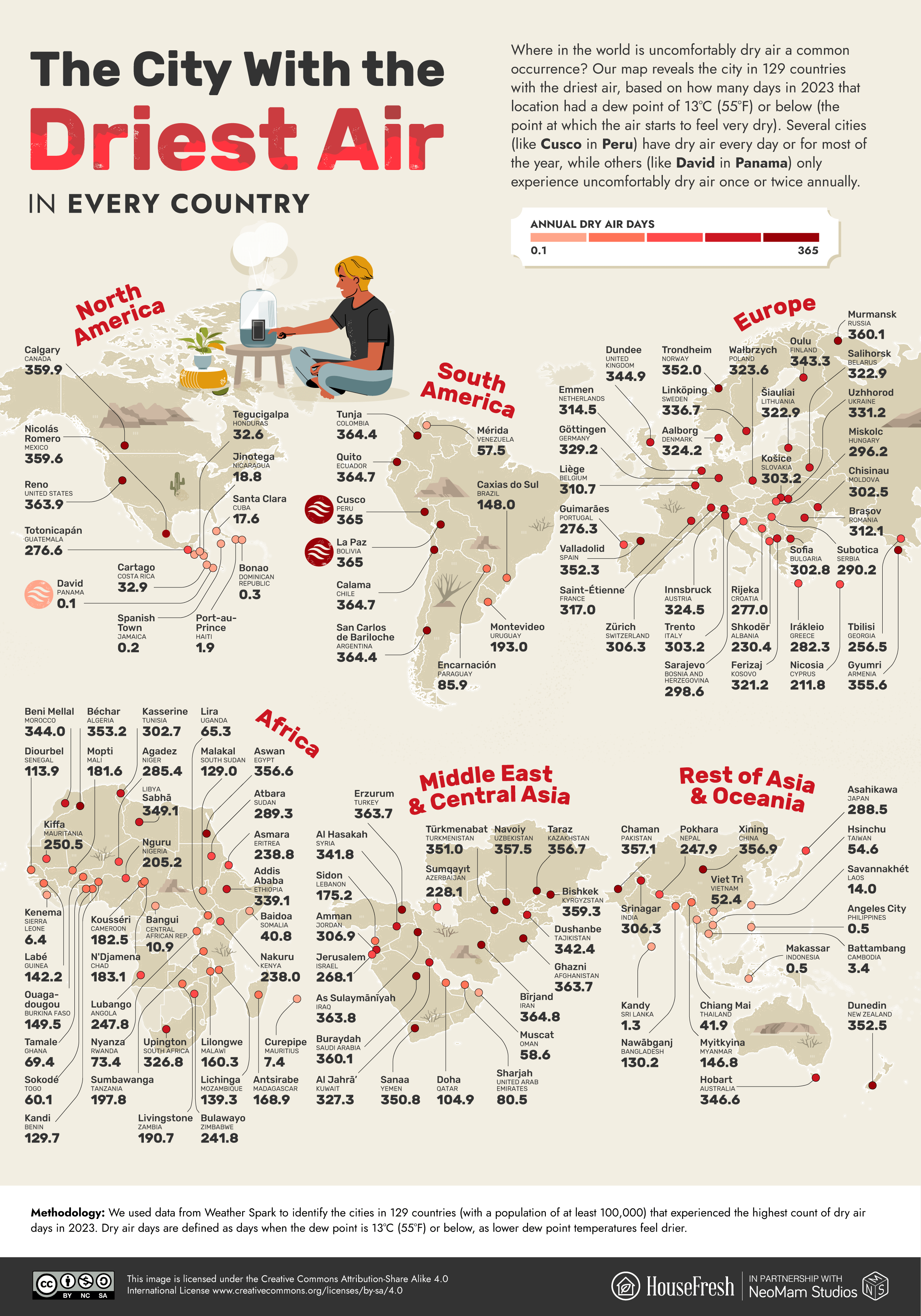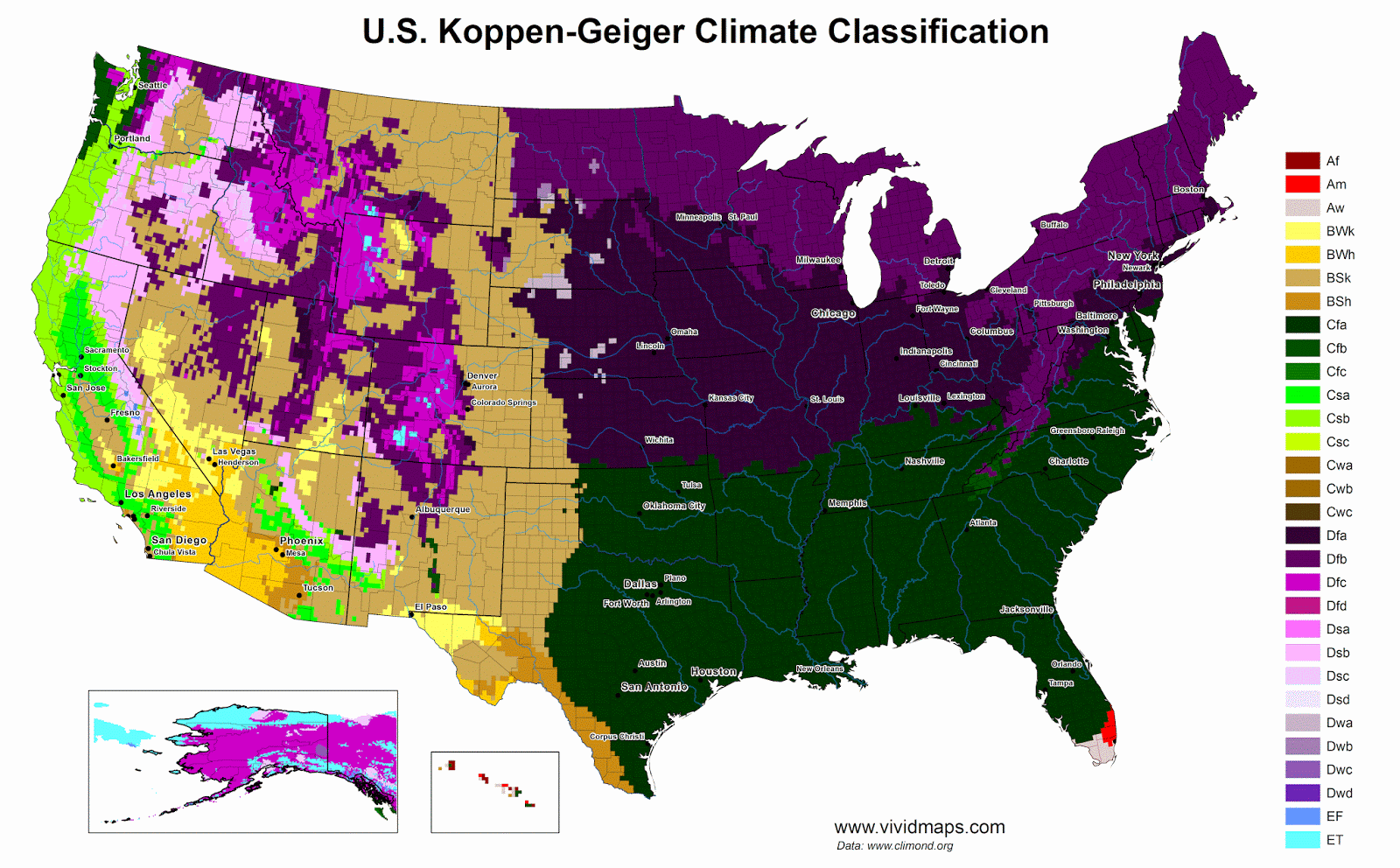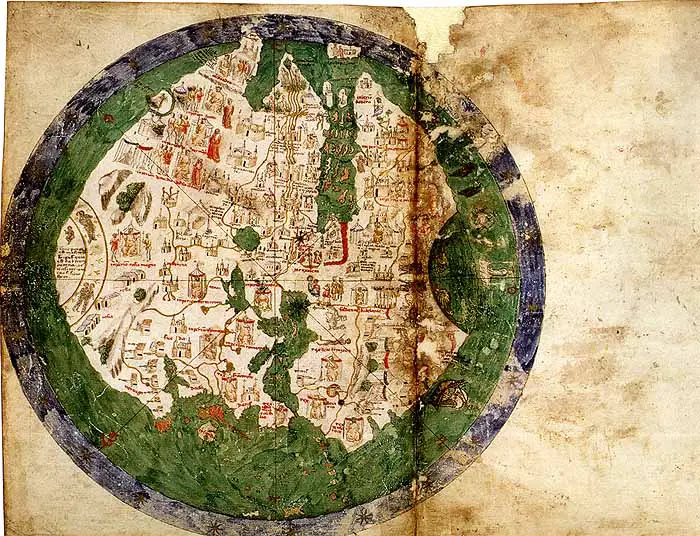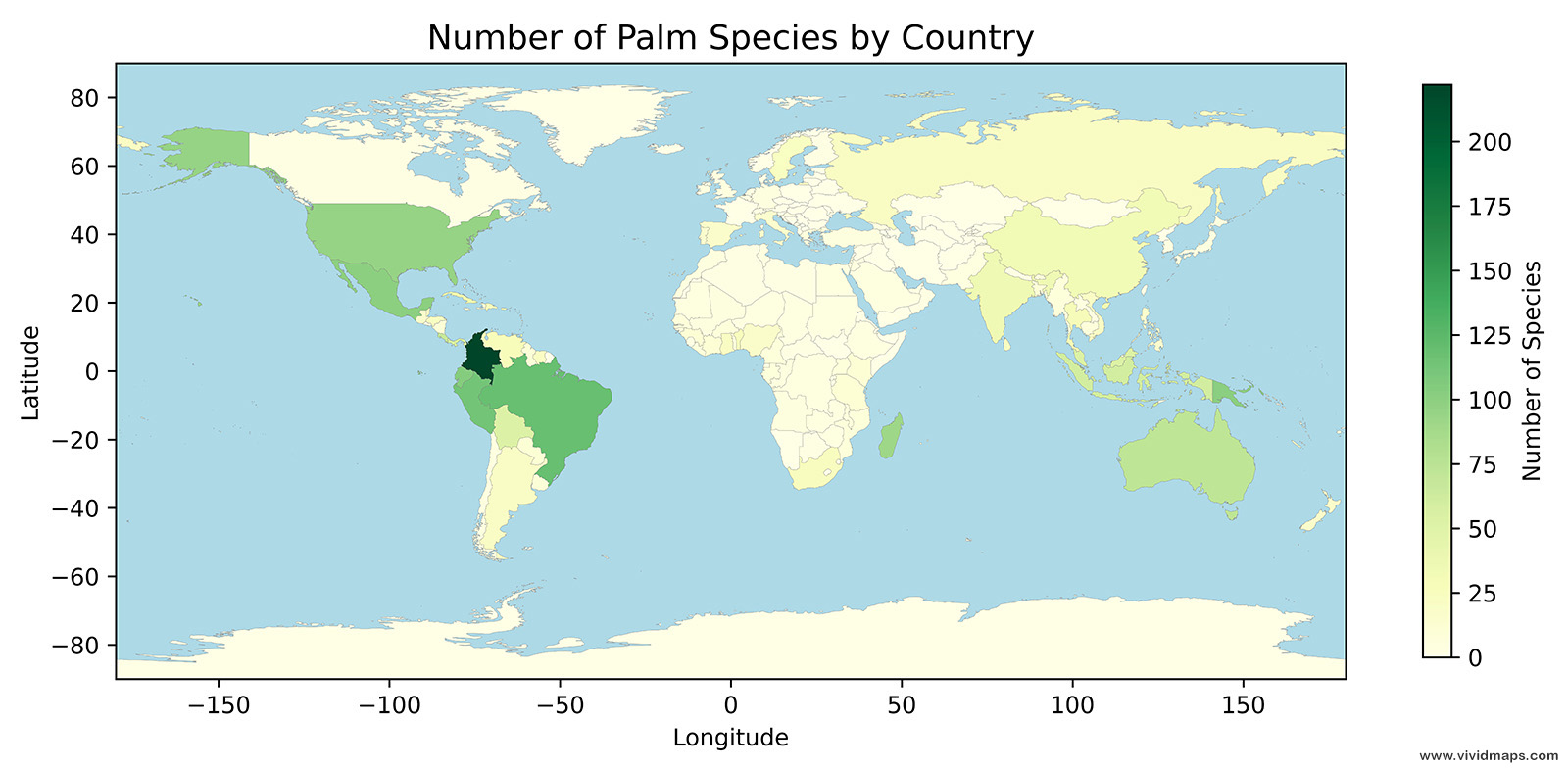Australia’s 1946 Habitability Map
Australia’s climate has always set the rules for life here. The north sweats through tropical summers and heavy monsoon downpours, the south enjoys cooler, more temperate weather, and in between lies the vast interior – dry, hot, and often harsh beyond belief. Rain is unreliable, and in many places it hardly comes at all. In fact, this is the driest inhabited continent on Earth, with about 70% of the land considered arid or semi-arid.
When Europeans first arrived, that reality hit hard. They expected fertile soils and familiar weather, but found almost the opposite. Droughts dragged on for years, rivers ran dry, and crops often failed. The soil wasn’t kind either—thin, salty, or just plain unproductive in many areas. No wonder the first settlements clung tightly to the coasts: Sydney, Hobart, Melbourne. The inland was another world entirely, and for most it stayed that way.
By the mid-20th century, geographer T. Griffith Taylor tried to capture this pattern on paper. In his book Limits of Land Settlement (1946), he produced a “Habitability Map of Australia.” The categories were blunt: good land, fair land, grazing land, and – right across the centre – “useless.”

Things have shifted since then. Irrigation schemes, railways, better transport, and hardier crop varieties pushed agriculture further inland than Taylor might have imagined. Even so, the basic pattern hasn’t really changed. Most Australians still live in a narrow band near the coast. That’s where the water is, and where the climate feels bearable.
The climate itself is changing now though. Australia has already warmed by about 1.5 °C since 1910, and nine of the ten hottest years ever recorded have happened since 2010 . Rainfall is shifting too: southern regions are getting drier, while the north sees more intense bursts of rain.
If these shifts continue, the climatic map of Australia may change radically in the future.








